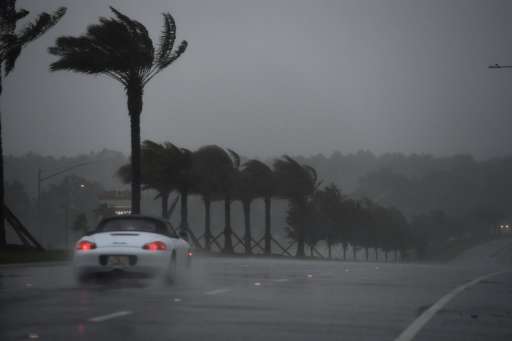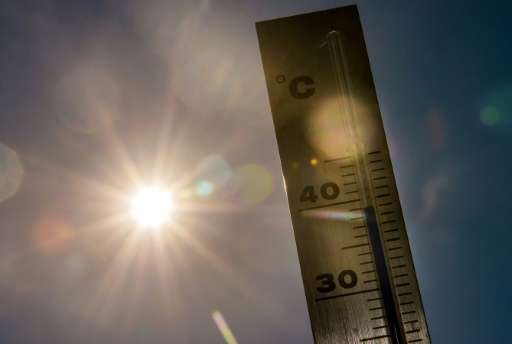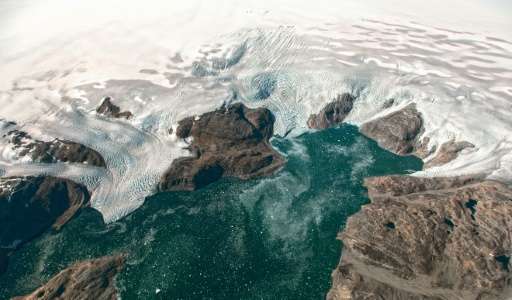Climate change making extreme weather events worse: UN

Climate change has made deadly heatwaves and hurricanes, along with droughts and flooding, both more frequent and more intense in recent years, according to a UN report released Tuesday.
More than 50 percent of major extreme weather events from 2011 to 2015 showed the telltale fingerprint of human-induced global warming, the World Meteorological Organization (WMO) reported on the sidelines of United Nations climate talks in Marrakesh.
The last half-decade was the warmest five-year stretch on record, with 2014 and 2015 the hottest of all.
These unprecedented temperatures were coupled with rising seas, adding to the destructive power of storms already amped up by warmer, moister air, the report said.
Climate change "has increased the risks of extreme events such as heatwaves, drought, record rainfall and damaging floods," WMO Secretary-General Petteri Taalas said in a statement.
Some 300,000 people perished in climate-boosted catastrophes during the 2011-2015 period, the WMO calculated.
The vast majority of excess deaths—those attributed to the added impact of climate change—occurred during the 2010-2012 drought in East Africa.
Other big killers included Typhoon Haiyan in the Philippines in 2013, and the 2015 heatwaves in India and Pakistan.
Economic damage has mounted too, led by flooding in Southeast Asia in 2011 and Hurricane Sandy the following year, which together caused more than $100 billion (90 billion euros) in damage.

The gathering pace of warming has been visible since about 1980, but has accelerated as humanity dumps ever more heat-trapping greenhouse gases into the atmosphere, mainly by burning coal, oil and gas.
'Signal' of human impact
Climate scientists have long struggled—when assessing a single extreme event—to tease apart natural weather patterns from the influence of climate change.
But rapidly accumulating data makes it easier to match actual trends against the predicted impact of manmade warming.
Looking over a five-year time scale also smooths out year-to-year variations, revealing more clearly the climate impact.
The match is strongest for extreme high temperatures, which have become up to 10 times more likely in some places, according to the report.
The Mediterranean basin, for example, is projected to be hit especially hard by climate extremes.
By mid-century, according to a recent study, pockets of southern Europe will face at least one severe climate hazard every year of the scale now occurring only once a century.
And by 2100, Europe's entire Mediterranean seaboard could be confronted annually with extreme droughts, coastal floods or heatwaves.

The "signal" of human influence is somewhat less strong for precipitation, whether more or less rain or snow.
The pace of sea level rise has also picked up, nearly doubling in the 25 years since 1993 as compared to a reference period of 1900 to 2010.
Ocean rising is due in part to the fact that water expands as it warms. But most of the increase comes from melting ice sheets, sitting atop Greenland and West Antarctica.
2015 set a number of dubious climate records, the WMO noted.
It was the first year in which the average global surface temperature—across land and sea—was a full degree above the pre-industrial era benchmark.
An authoritative report on climate change and extreme weather by the UN's top science body published in 2011 included data only through 2010, so the new report is the first major overview of trends since then.
The Paris Agreement, the world's first universal climate pact, vows to cap global warming below 2.0 C (3.6F), and 1.5C (2.7F) if possible.
The UN talks in Marrakesh are tasked with implementing the accord, which entered into force last week.
© 2016 AFP


















